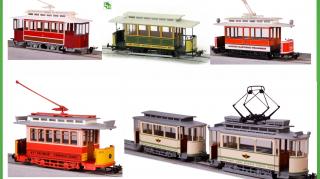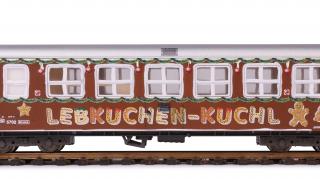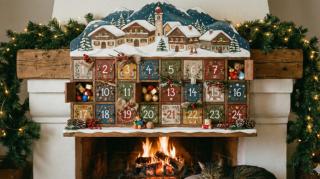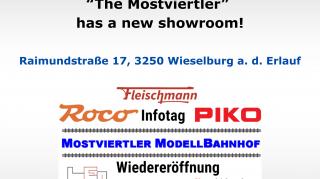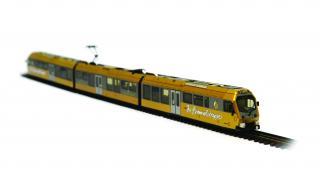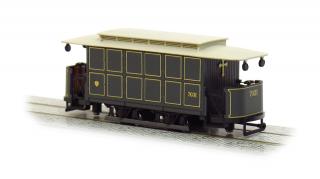News 2025.10 - StLB VT35
Improved new edition of a legend!
When it became apparent in the 1970s that freight and passenger transport on the StLB would have to be separated in order to reduce journey times, the management of the state railways decided to develop a railcar with diesel-electric power transmission. The contract for its manufacture was awarded to the Vienna-based company Knotz, which at that time was known for producing custom designs in rail vehicle construction, even in small quantities. The first railcar was delivered to the Murtalbahn in the fall of 1980. Many more examples of this vehicle family were to follow until 1999, going to the StLB, the Zillertalbahn, and the ÖBB.
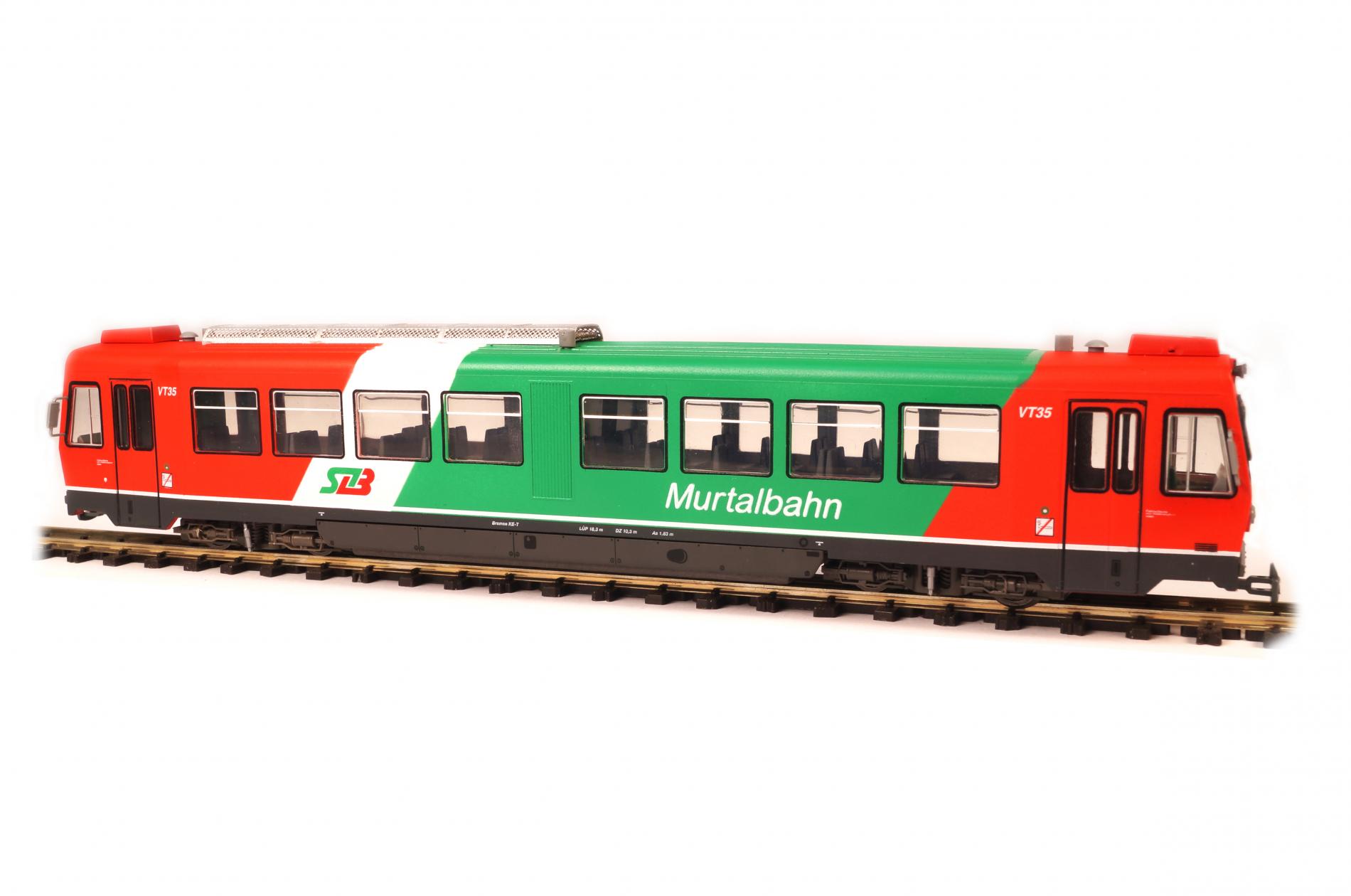
© Halling Modelle
H90-35S-Z
Similar to its larger counterpart, the model of the 5090 was also manufactured by a Viennese company, Leopold Halling GmbH. On behalf of Leopold Halling, who at that time earned his living with industrial contracts in the electrical supply industry and had little experience with model railways, Walter Holy (†), an accomplished model builder and passionate tinkerer, set about designing the model in the early 1990s. The tooling and production were then carried out by Leopold Halling GmbH at the Favoritner Gewerbering.
The first models of the 5090 were delivered in the mid-1990s – with some considerable teething problems. In the search for a distribution partner, a collaboration was subsequently established with the model railway wholesaler Dolischo from Mödling. However, this was to be short-lived, as the drive problems could not be resolved. Mr. Ischovitsch from Dolischo decided not to purchase the entire quantity that had been ordered. As a result, the company was left with a huge pile of unfinished, undriveable 5090 models at its premises on Gewerbering. Quite frustrated with his first model railway, Leopold Halling picked up the phone and sold the stored, partially painted parts to Josef Stängl, who took the time to optimize the drive with gears from ROCO, and thus finally made the model drivable through painstaking work on components that had already been produced. He equipped the model with a circuit board with an eight-pin digital interface and interior lighting, which was revolutionary and groundbreaking for its time. Comparable vehicles from competitors in the 1990s had white light changes at best, but no digital interface.
In 1996, several thousand Halling 5090 models in white Stängl model railway packaging were launched on the market. Josef Stängl chose the three railcars 5090.014-1, 5090.015-8, and 5090.016-6, along with the prototypical implementation of the coats of arms of the partner communities along the Krumpe.
Visibly impressed by this, Leopold Halling made a fresh start in the following years with Project 5090. He rejected Walter Holy's drive system and commissioned Herbert Kohn, a gifted model builder and developer, known to many as HCK and sadly also now deceased, to develop a new drive concept and the necessary designs to produce the StLB VT35 from the ÖBB 5090 tooling. These tooling changes were also carried out at Halling.
This chassis, which was actually developed for the VT.35 with bus seating and two Mabuchi motors, was also used for all ÖBB 5090 models in the following decades.
It is our great pleasure to add another chapter to the eventful history of this model! The current new edition brings some innovations, but also a return to tradition. For the first time, prototypical brake resistors have been installed under the roof grille, giving the model a much more harmonious appearance.
In terms of technology, the model draws on tried-and-tested features. The extremely robust drive system with two Mabuchi motors brings the models back to their usual speed and performance. The classic six-pole interface allows for digitalization at the factory.
The models from the last series a few years ago have long been sold out, and we are confident that this time around, they will also sell out quickly. Those who have already been lucky enough to purchase a model are welcome to upgrade it. The braking resistors are available separately!

